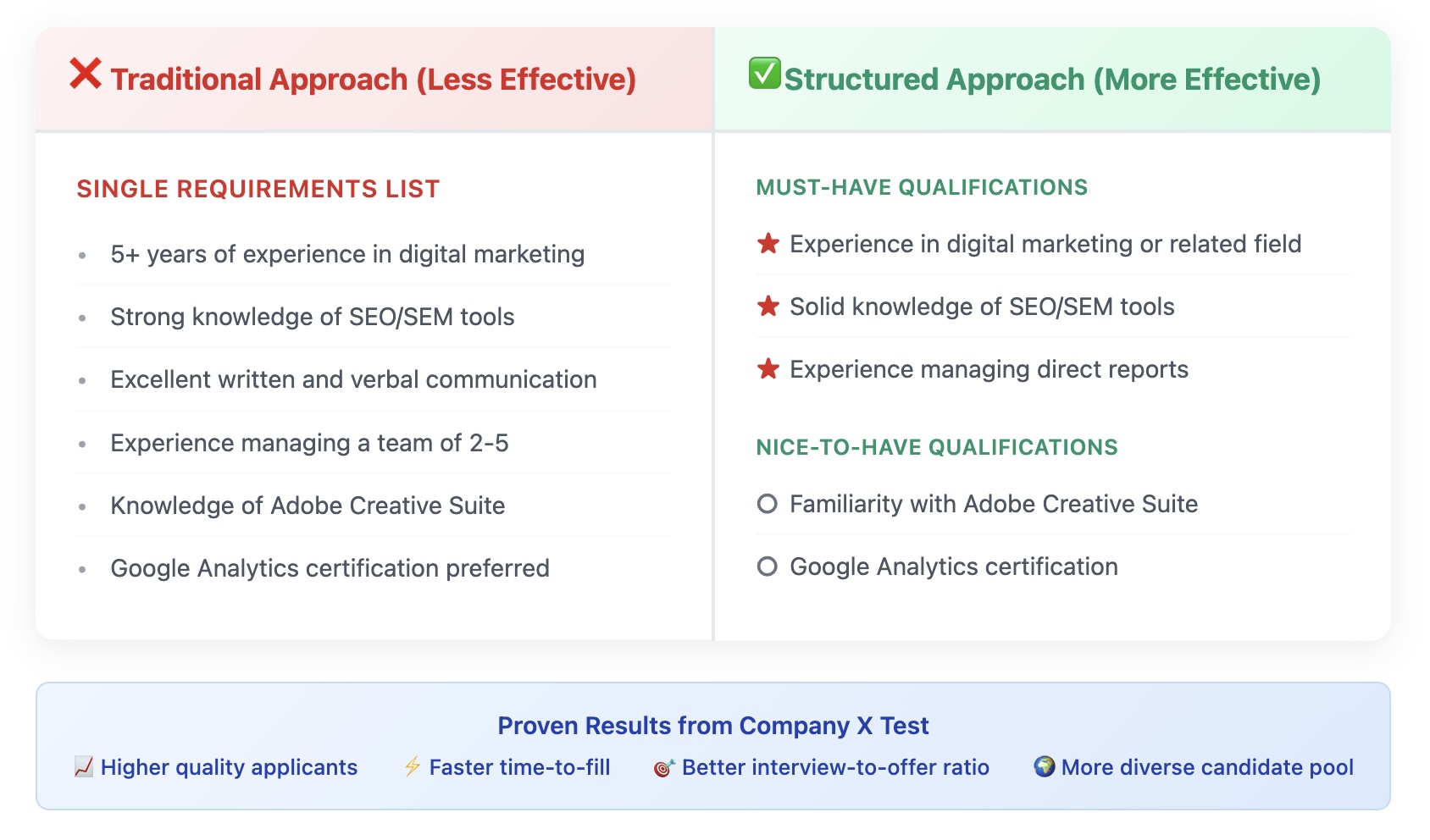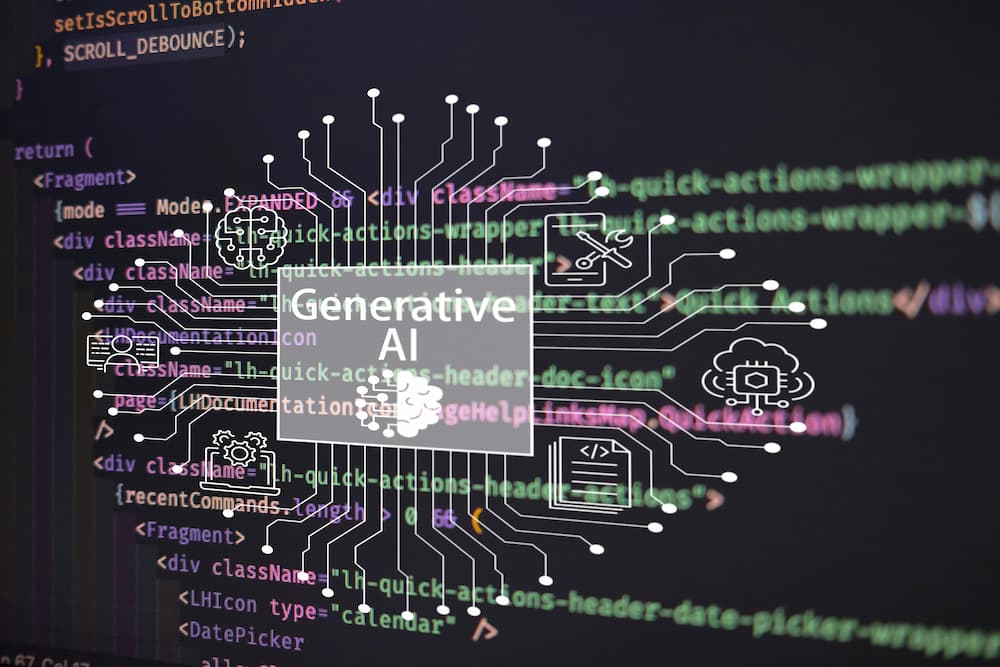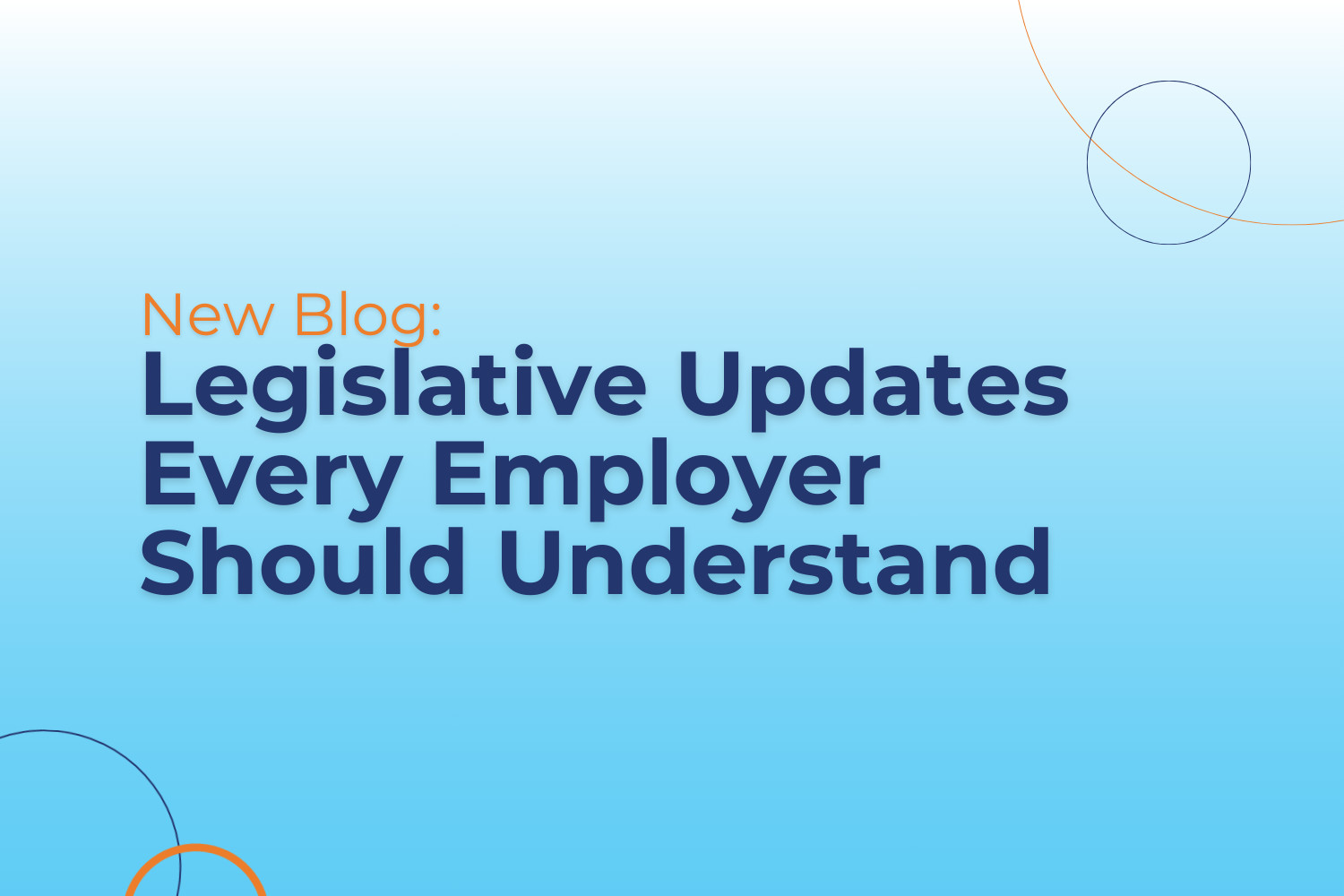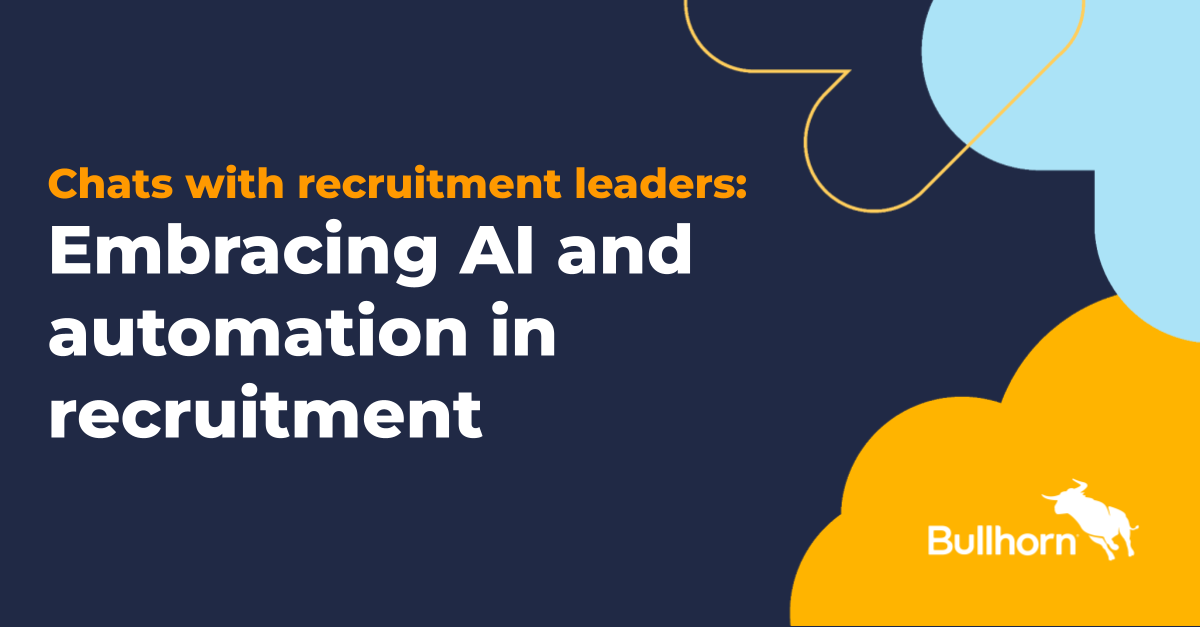![]()
![]()
Strategic workforce planning is essential for organizations looking to stay ahead in an increasingly competitive business landscape. Gone are the days when workforce decisions were made based on intuition or outdated models. Today, HR systems equipped with advanced data analytics capabilities enable businesses to make informed, data-driven decisions that enhance workforce efficiency and productivity.
One of the most powerful applications of HR analytics in workforce planning is predicting future talent needs. By analysing historical hiring patterns, turnover rates, and industry trends, HR systems can provide predictive insights that help organisations anticipate workforce demands. This allows businesses to proactively address skills shortages, streamline recruitment efforts, and ensure they have the right talent in place for future growth. AI-powered forecasting tools can even simulate different economic scenarios, helping HR leaders prepare for potential disruptions.
Beyond forecasting talent needs, HR analytics play a crucial role in optimising workforce allocation. Organisations often struggle with underutilised talent or skill gaps that hinder productivity. By leveraging real-time workforce data, HR leaders can identify where employees are most needed and redistribute resources accordingly. This ensures that teams are well-balanced, projects are adequately staffed, and employees are placed in roles that align with their expertise and career goals. Workforce planning software can also automate shift scheduling, ensuring optimal resource utilisation.
Retaining top talent is another key challenge that workforce analytics help address. High employee turnover can be costly, both financially and in terms of organisational stability. HR systems analyse employee engagement levels, performance data, and exit interview feedback to identify patterns that contribute to turnover. By recognising these trends early, businesses can implement targeted retention strategies, such as personalised career development programs, competitive compensation adjustments, and improved workplace culture initiatives. Predictive analytics can even highlight employees at risk of leaving, allowing HR teams to intervene before disengagement leads to attrition.
Diversity and inclusion also play a significant role in workforce planning. With data-driven insights, companies can measure the effectiveness of their DE&I initiatives, track representation across departments, and ensure equitable opportunities for career advancement. This level of transparency allows organisations to refine their diversity strategies, foster a more inclusive workplace, and ultimately improve employee satisfaction and retention. Additionally, HR analytics can help companies ensure fair pay structures, reducing wage gaps and improving overall employee morale.
The future of workforce planning will continue to be shaped by advancements in HR analytics and artificial intelligence. As these technologies become more sophisticated, businesses will gain deeper insights into workforce trends, enabling them to make more accurate and strategic HR decisions. Companies that leverage data analytics in their workforce planning will not only improve operational efficiency but also position themselves as industry leaders with a highly engaged and future-ready workforce. HR leaders who embrace these tools will have a competitive edge in talent acquisition, retention, and long-term workforce sustainability.
![]()
For more relevant posts:
- Strategic Planning with Workforce Analytics: How HRIS Empowers HR Managers
- HR Software’s Role in Workforce Analytics and Strategic Planning: Building a Data-Driven HR Team
- Enhancing Reporting and Analytics with HRIS
- Enhanced Use of People Analytics: Transforming HR Decision-Making in 2025
- HR In 2024: HR Analytics and Data-Driven Decision-Making











